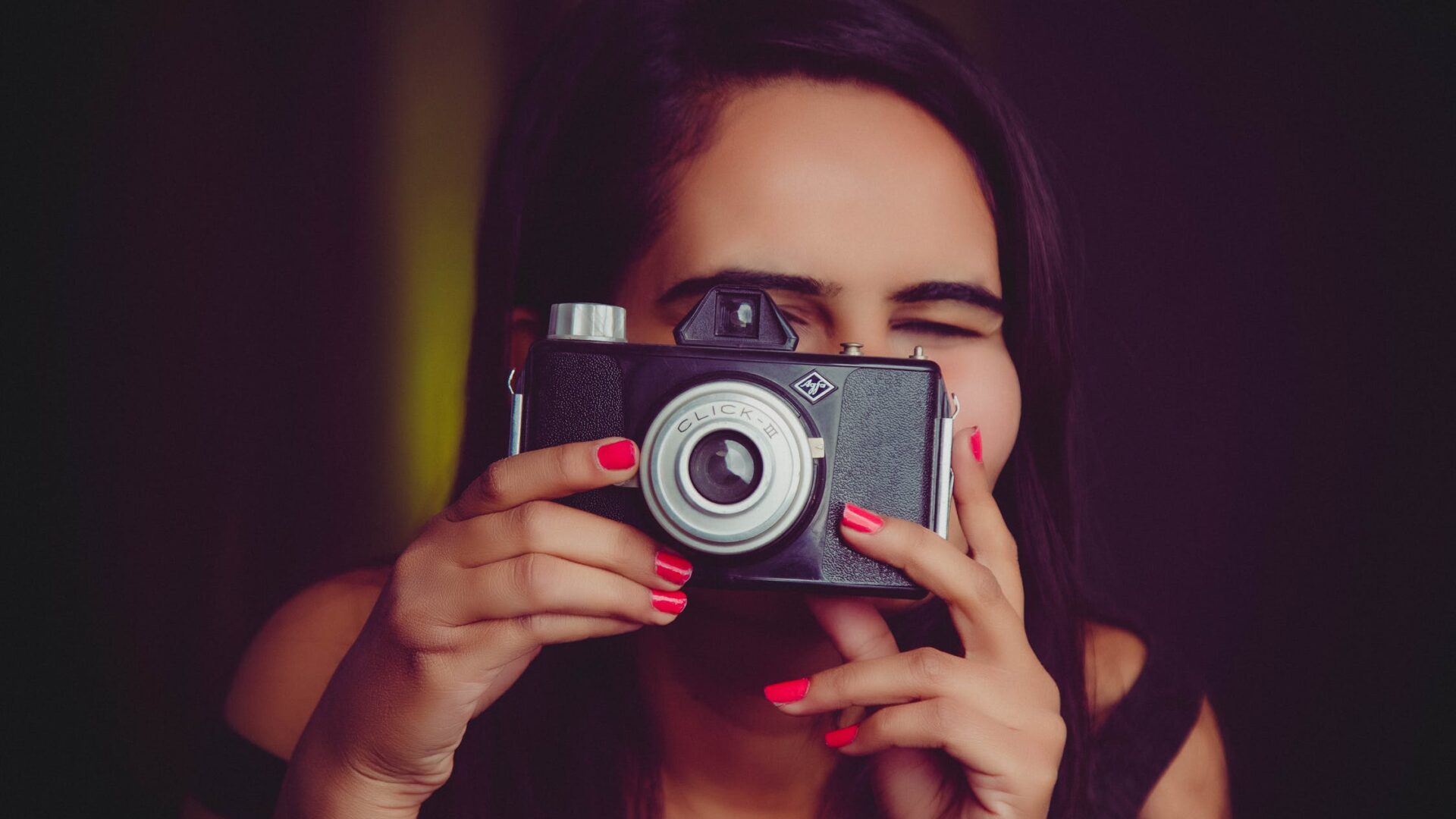Modern interior photography is a real marketing tool. With its help, you can quickly increase hotel attendance, demonstrate its benefits and successfully promote it. Therefore, a good interior photographer can bravely offer his services to hotel chains and holiday complexes. And to be convincing, you need to become a consummate master and learn the key secrets of an interior photo shoot. So, we reveal some of them.
Show the atmosphere, not the setting
In this case, the ability to photograph objects is not important at all, because you need to promote not the real estate, but the services. But how to show the process on a 2D image? Very easy. You have to focus on every detail – from the design to the special amenities the hotel offers. After all, interior photos should promise an unforgettable stay.
To do this, show future guests a pleasant atmosphere. But before you start shooting, take a walk around the grounds yourself, familiarize yourself with it. Find out what your first impression is, because your guests will have exactly the same impression. Turn your photos into stories about how beautiful the place is.
Prepare the right equipment
- Similar to other types of photography, interior photography requires special equipment. An ordinary smartphone won’t do, even if it has, according to the manufacturer, powerful optics. You still need to buy a suitable camera.
- You also need a stable tripod. It will allow you to take pictures at slow shutter speeds and avoid camera shake.
- Another important attribute is a wide-angle lens that will help capture the entire scene. 16-35 mm will be enough: such optics will capture more space in the frame. It comes in handy when you need to show as much detail as possible in the room.
Adjust the lighting
It has a huge importance for interior photography. Even the most luxurious ambiance of a room can be spoiled by a lack of light. No one wants to live in a dark “cave”. Therefore, if possible, use natural light, which is why open the shutters and curtains. But do not abuse the flash and lamps, so as not to create an effect of implausibility: you need to attract guests, not disappoint them.
For the most realistic images, HDR technology is best. For experiments with artificial lighting, the method of motivated lighting is recommended. It involves imitating natural light. Lamps, for example, can be placed closer to the windows in which the sun shines. But this should keep the glare out of the frame. And if you’re shooting with a wide angle lens, you’ll want to use an assistant who will move the light source.
Choose the right angle
- Shooting from eye level is boring. Such a trajectory won’t create compelling images. Lower the camera to get a better view. Plus, it will reduce the visual distortion of the furniture.
- If you want to capture a stunning hallway, spacious hall, or long hallway, raise the lens above eye level. Capture the entire scene by adjusting your camera position.
- In smaller rooms, on the contrary, shoot from the corners. This technique will help capture as much detail as possible. And in order to choose the right angle, take a few test interior photos one by one, choosing what looks most effective in the end.
Correct things and introduce a creative element
The room should be neat, shiny, and clean. Everything in it should be in its proper place. So put the toilet lid down, straighten the bedspread, line the bedside rug. Why? Because it’s much more time consuming when post-processing images. After all, a little thing like a fluffy bathrobe is a potential guest’s dream. Consequently, it has to look as perfect as everything else.
The creative element in this case does not mean a creative approach. Rather, it is the correction of minor flaws. Dangling cable, falling curtains can easily be fixed with duct tape. Also accentuate the style, which also requires a focus on the little things. To do this, fluff pillows and fold guest towels on the bed. Arrange flowers around the front desk and in the lobby.
In the dining room, prepare fresh fruit and pastries. If the hotel provides any special dishes, be sure to show them in the interior pictures. But avoid perfect sterility and add a residential look to the rooms.
Follow up on the composition
Proper composition is crucial for an interior photo shoot. Use the rule of thirds to get eye-catching images and don’t shoot just the surroundings. Think of the space as a canvas, and to do so:
- move your gaze over small objects;
- look for curious and spectacular details;
- focus on design features;
- show how a particular hotel differs from many others.
The ideal hotel should resemble a castle in which everything works perfectly
